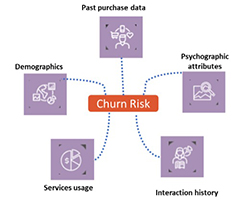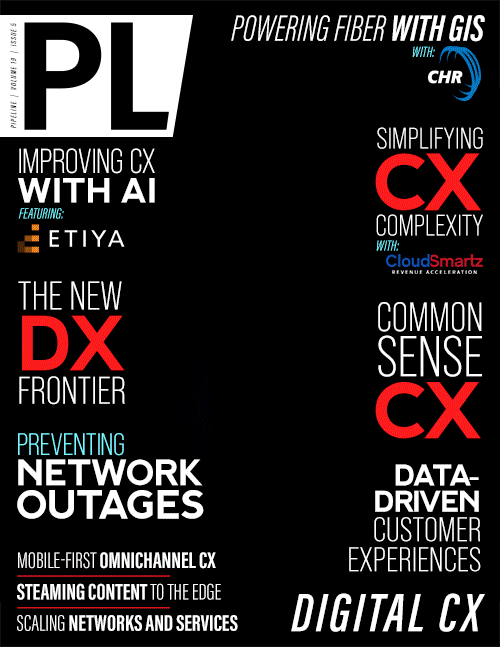The Future of Customer Experience
Is Data-Driven
The data-driven insights aren’t just for new product introduction but can also provide insights on released offers. This allows the product owner to make an informed decision in a timely manner to optimize the cost to market in releasing the offers to the market by either extending an offer validity based on positive market response, taking a timely decision to improve market uptake on negative market response, or replicating success by cloning the ones that have the high propensity of uptake.
Data-driven customer care
Another related aspect, though not in the preview of this phase of the catalyst, is to use data-driven insights to provide churn propensity ratings to the customer service representative. These insights can also guide them to offer standalone product or bundle recommendations that can help reduce the likelihood of churn, improve customer retention, and deliver a better customer experience. The churn risk indicator—calculated as shown in Figure 3—provides a probability score for each specific customer, showcasing their likelihood to cancel or go inactive within your company. This indicator is available to the service rep as they are fielding the customer call. The system also provides them with a set of recommended personalized and prioritized offers that could help to retain the customer. These recommendations are based on the model as previously described.

Figure 3: Church Propensity Calculation
click to enlarge
Data-driven CX is the future
CSP actors should leverage rich data at the product and service levels—both independently and together—for effective business and operating insights. By unifying product and customer centricity, CSPs can drive product and offer uptake and increase customer lifetime value, all while delivering exceptional customer and employee experiences.



















